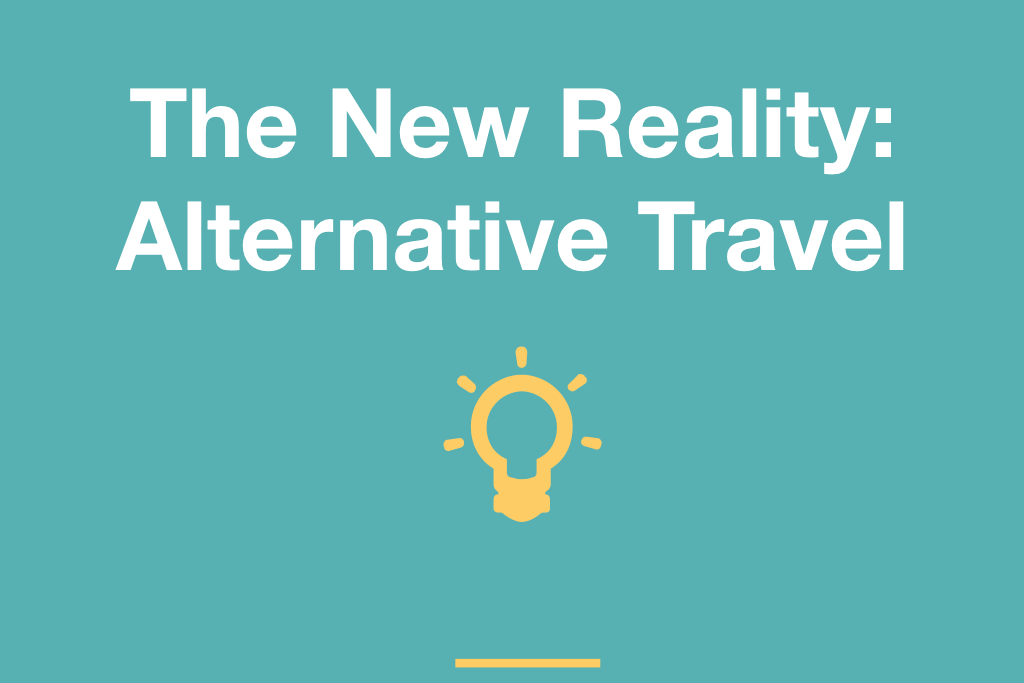Skift Take
Smart travel brands willing to stretch the definition of who they are and what they provide can offer as many opportunities for connection and discovery as alternative travel platforms, but changing the status quo — especially at large corporations — is a timely and costly task.
The alternative travel industry has grown from once-small networks of travelers exchanging apartments and cars into a global movement. And it is having a seismic impact on major travel companies — both the kinds of experiences they provide and how they connect with customers.
The following information and slideshow was originally shared at The Ad Club’s Travel Marketing Event on April 7, 2015.
Business travelers and families are choosing apartments on Airbnb over urban hotels due to space, booking convenience, and overall ambiance.
Visitors are relying on on-demand ride apps like Uber and Lyft in place of taxis and public transportation. Some are rejecting rides altogether for platforms like Spinlister where they can rent a bike from a local.
Tourists are skipping big bus tours in favor of neighborhood tours led by local professors or students or someone who just really loves tacos or donuts or architecture in a certain area.
Foodies are passing on restaurants in favor of services like EatWith where they can join a local dinner party in someone’s home or KitchenSurfing where a chef directly to their apartment rental.
The method in which travelers research and select destinations has also changed dramatically. They seek out cute cafes or well-designed restaurants on Instagram instead of guidebooks and read Yelp reviews to select a restaurant on their walk there. Travelers are consuming content online, created by their peers and smart brands, rather than relying solely on glossy magazines and definitely not TV.
What’s driving this demand for alternative travel is the connection that travelers experience with the destination, with a local, and with themselves.
Travelers today are as interested in getting from point A to B as they are better understanding a destination (if only for a two-day business trip), in making a new connection (if only to come back with a great story), and in feeling better about themselves through a new adventure or interaction.
What does this mean for the hotels, tour operators, restaurants, and other travel-adjacent companies? In order to compete, they must create more enriched experiences on the ground and begin seeing themselves as lifestyle brands.
An earlier Skift post on what modern hotel brands can learn from Airbnb succinctly hits on the major goals for these evolving companies including building closer relationships with peers, rebuilding public spaces for locals and visitors, and becoming more flexible with how customers access and use a certain product.
From a marketing perspective, creating a lifestyle brand means sharing content that supports a defined message that’s supported by the on-the-ground experience.
Luckily, the “how” of building a lifestyle brand has never been easier. Social media, content marketing, influencer campaigns and creative events are all powerful tools.
In the slideshow below, we look at some examples of how major travel companies are using marketing and real-life experiences to provide the authentic connections that travelers today seek.
Examples include Le Meridien’s locally-sourced eclair campaign, Ace Hotel Shoreditch’s partnership with a London bike shop, Conrad Hotels’ influencer campaign, and destinations’ neighborhood initiatives.
The Daily Newsletter
Our daily coverage of the global travel industry. Written by editors and analysts from across Skift’s brands.
Have a confidential tip for Skift? Get in touch
Tags: marketing, sharing economy
